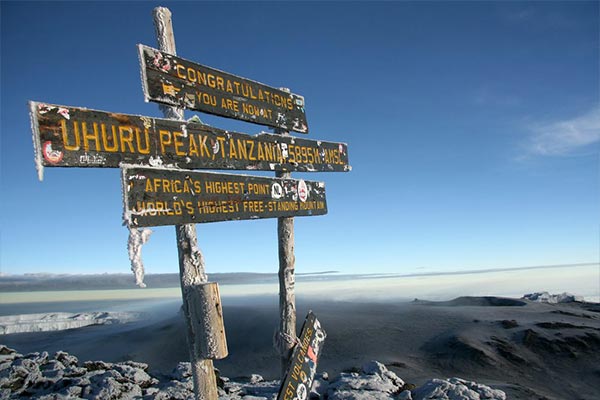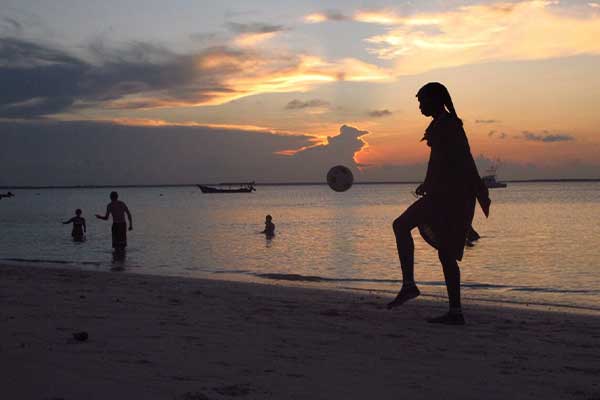
Mount Kilimanjaro
Africa's highest peak at 5,895 meters, Kilimanjaro attracts climbers and hikers from around the world. The mountain offers diverse ecosystems from rainforest to alpine meadows.
Everything You Need to Know
How to Get There
Fly to Kilimanjaro International Airport or Arusha Airport. Scheduled flights and road transfers available.
Wildlife
Home to diverse wildlife including the Big Five: lion, leopard, elephant, buffalo, and rhino.
Activities
Game drives, nature walks, bird watching, photography, and cultural experiences.
Best Time to Visit
July - September, January - February
Dry season offers excellent wildlife viewing.
Discover Mount Kilimanjaro
Africa's highest peak at 5,895 meters, Kilimanjaro attracts climbers and hikers from around the world. The mountain offers diverse ecosystems from rainforest to alpine meadows.


